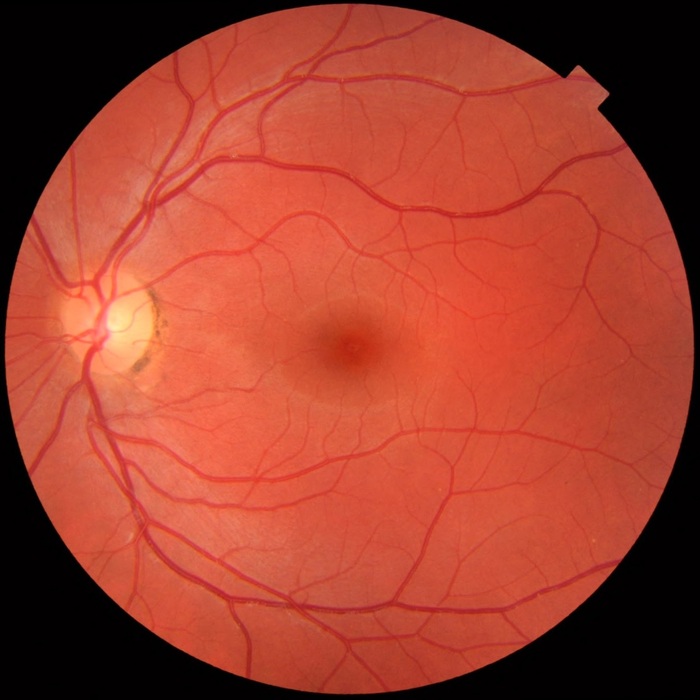There may be life after death, at least for some nerve cells in the human eye.
Properly oxygenated and nourished, they can return to perceive light and to shoot signals to communicate.
This is demonstrated by an experiment conducted on over 40 eyes taken from recently deceased donors.
The result is published in Nature by researchers from the John A. Moran Eye Center at the University of Utah (USA), in collaboration with the Scripps Research Institute and the Salk Institute for Biological Studies in California and the University of Bern in Switzerland.
This success, the authors explain, opens up new perspectives for the treatment of neurodegenerative diseases (including age-related macular degeneration that affects vision with advancing age), but above all raises new questions about the concept of irreversibility of death for the cells of the central nervous system.
The debate had already been sparked three years ago by another sensational study published in Nature, in which Yale researchers were able to reactivate the brains taken from 32 pigs within four hours of their death.
At that time, blood circulation, some cellular functions and even the formation of connections (synapses) were restored.
A very weak electrical activity was also observed, linked however to the single cells and not global: the electroencephalogram was flat, therefore we could not speak of any awakening of consciousness.
The nerve cells of the retina, in their own way, represent a simpler model for closely studying the death of neurons and methods of revitalizing them.
Researchers at the University of Utah examined both the mouse and human retina to try to restore photoreceptors, the light-sensitive nerve cells that allow vision.
In particular, they found that oxygen deprivation after death would be the key factor causing photoreceptors to lose the ability to communicate with other cells in the retina.
To overcome this challenge, the researchers developed an innovative transport unit for donor organs that provides the eyes with proper oxygenation and other valuable nutrients.
Thanks to the use of this device, "we were able to make the cells of the retina talk to each other just as they do in the eye in life," explains expert Frans Vinberg of the Moran Eye Center.
In particular, "we were able to awaken the photoreceptor cells of the macula, the part of the retina responsible for our central vision and our ability to see details and colors," says Fatima Abbas, first author of the study.
"In the eyes obtained within five hours of the donor's death, these cells responded to bright light, colored lights, and even very faint flashes of light."
"The scientific community can now study human vision in ways that simply aren't possible with laboratory animals," adds Vinberg.
"We hope this will motivate organ donor societies, organ donors and eye banks by helping them understand the exciting new possibilities offered by this type of research."

